Stone Shapes
The confusion between the terms 'cut' and 'shape' when referring to diamonds and gemstones can be clarified by understanding that cut encompasses the symmetry, proportions, and polish of the stone rather than just its physical shape.
There are different types of cuts that influence shape, including brilliant, step, and mixed, each with its unique characteristics that contribute to the gemstone’s overall appearance and value.
Below are some of the most common shapes, especially for diamonds, but this is not an exhaustive list! For more information look at our blog on different shapes.
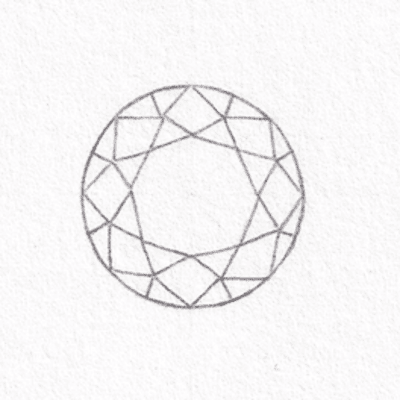
Round Brilliant
The round brilliant diamond's timeless appeal and exceptional brilliance make it a top choice for many looking for a dazzling and eye-catching gem. With its precisely cut facets allowing for maximum light reflection, the round brilliant shape is often considered a symbol of elegance and luxury in the world of diamonds. Its enduring popularity and superior sparkle contribute to its higher price point compared to other shapes, making it a coveted option for those seeking a classic and radiant diamond piece.
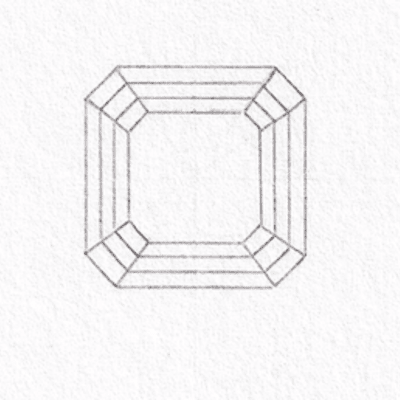
Asscher
Asscher cut diamonds offer a unique art deco aesthetic with a more subdued sparkle compared to brilliant cuts, showcasing the clarity of the stone. The cropped corners and step cuts contribute to their distinct appearance and unique appeal. Step cut diamonds tend to display a softer glow and less vivid sparkle than a brilliant cut, but they demonstrate the amazing clarity of a stone much better.
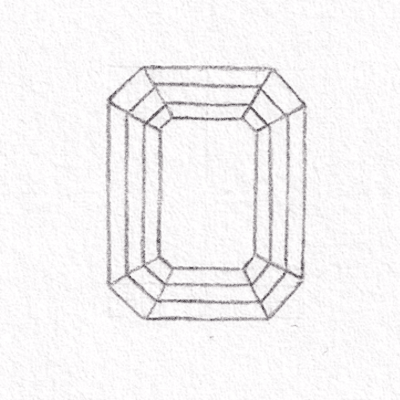
Emerald
The emerald cut is a popular choice characterized by its long rectangular facets, which highlight a stone's clarity due to the shape's minimal ability to hide imperfections. This elegant shape, favoured for celebrity engagement rings, often appears larger than a round brilliant of the same carat weight. An ideal ratio of 1.5-1.75:1 ensures optimal light reflection in the stone, making it a sought-after choice for those looking for a sophisticated and timeless design.
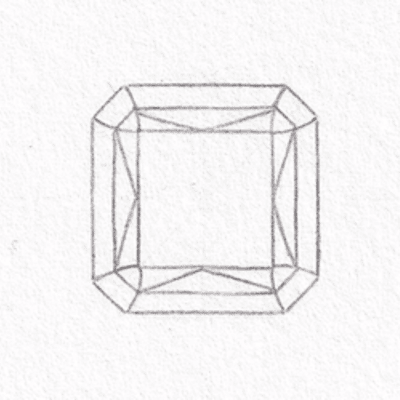
Radiant
Mixed cut diamonds are truly a remarkable choice for those seeking a balance between elegance, sparkle, and value. With a combination of the graceful emerald shape and the dazzling brilliance of round cut diamonds, they offer a unique aesthetic that is both sophisticated and eye-catching. The cutting technique developed in the 1970s allows these diamonds to exude a beautiful play of light and fire, making them an excellent option for those looking for a softer alternative to princess cut diamonds. Additionally, their affordability relative to round brilliants makes them an attractive choice for those wanting to achieve a high-end look without breaking the bank.
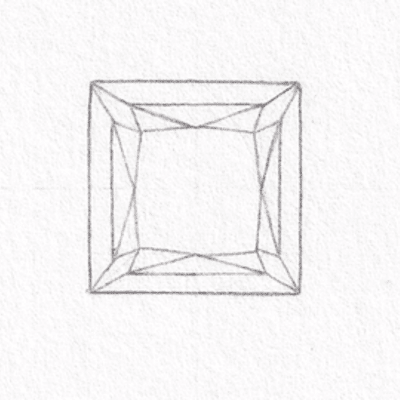
Princess
The princess cut diamond is known for its modern and sophisticated look, featuring sharp corners that set it apart from traditional round cuts. While it offers a more affordable option due to its efficient use of rough material and typically smaller carat size, its corners can be vulnerable to damage so choosing a setting that protects them is recommended to ensure the longevity of the stone.
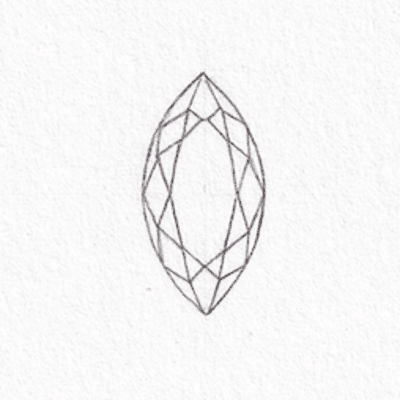
Marquise
The lozenge shape diamond, with its 58 facets and elongated form, is designed to create the illusion of size and flatter the finger. Inspired by a romantic notion from Louis XV, this cut dates to the 18th century. With an ideal ratio between 1.75-2.15 : 1, it ensures the best proportions for the stone. However, potential buyers should be cautious of the bow-tie effect, a common issue with this shape. If you are looking for a diamond that covers a larger portion of the finger and offers a unique, historic elegance, the lozenge shape may be the perfect choice for you.
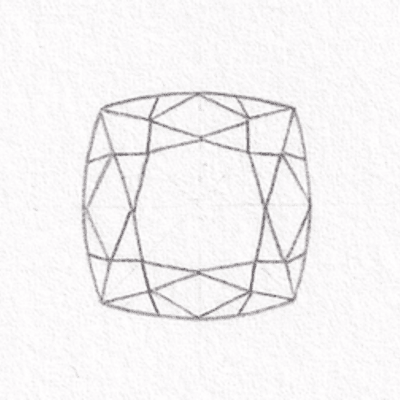
Cushion
The cushion cut has gained popularity for its romantic and timeless appeal despite being slightly less sparkly than the round brilliant cut. Incorporating round brilliants in the setting of a cushion cut can enhance its brilliance. However, due to its weight distribution, a cushion cut stone may appear smaller compared to other cuts of the same carat weight.
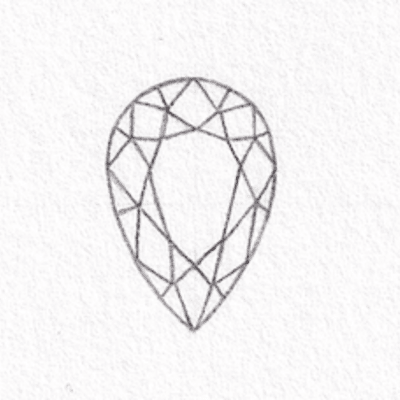
Pear
The teardrop shape, also known as a pear shape, offers a unique and elegant option for an engagement ring. Its combination of round and marquise creates a distinctive appearance that can appear larger than other shapes of the same carat weight. However, due to its challenging cut, it can be tricky to find the right balance between width and length. Nonetheless, for those looking for a stand-out and eye-catching ring, the teardrop shape could be a great choice.
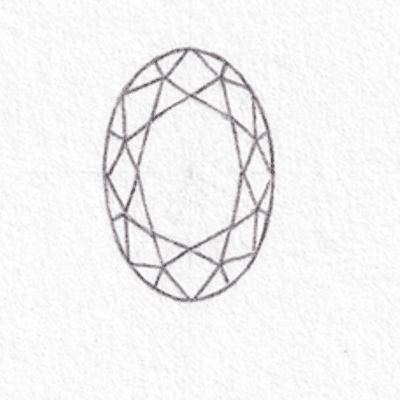
Oval
The oval-cut diamond offers a modern and elegant shape that can serve as a beautiful and unique option for an engagement ring centrepiece. With its elongated silhouette, it can create the illusion of longer fingers and has a larger table surface area, making it a good value for its carat weight. Being versatile in pairing with other shapes is an additional advantage of choosing an oval diamond but making sure the ‘bowtie’ effect in the centre of the stone is as minimal as possible is key.
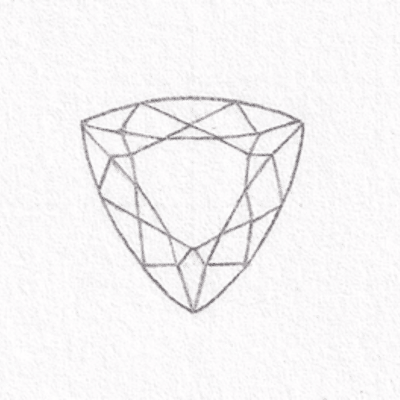
Trillion
A trillion cut diamond is a unique and striking shape that features a triangular or triangular-shaped cut with pointed corners. It is known for its brilliance and fire, making it a popular choice for those seeking a more unconventional and eye-catching diamond shape for their jewellery. The unique shape of the trillion cut diamond can create a sense of movement and dynamism in a piece of jewellery, making it a versatile and stylish option for those looking to stand out.
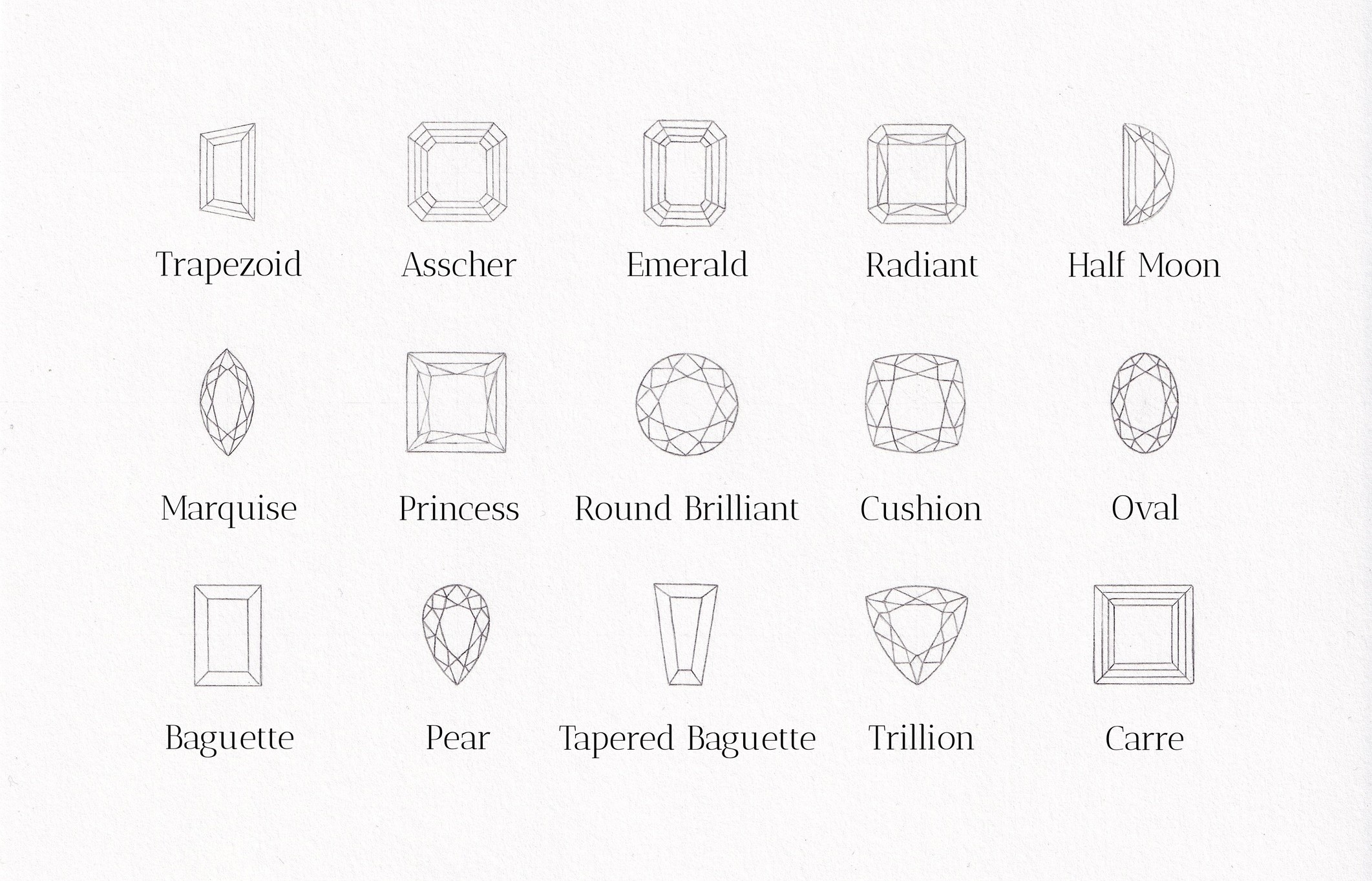
Stone Shapes and Cuts